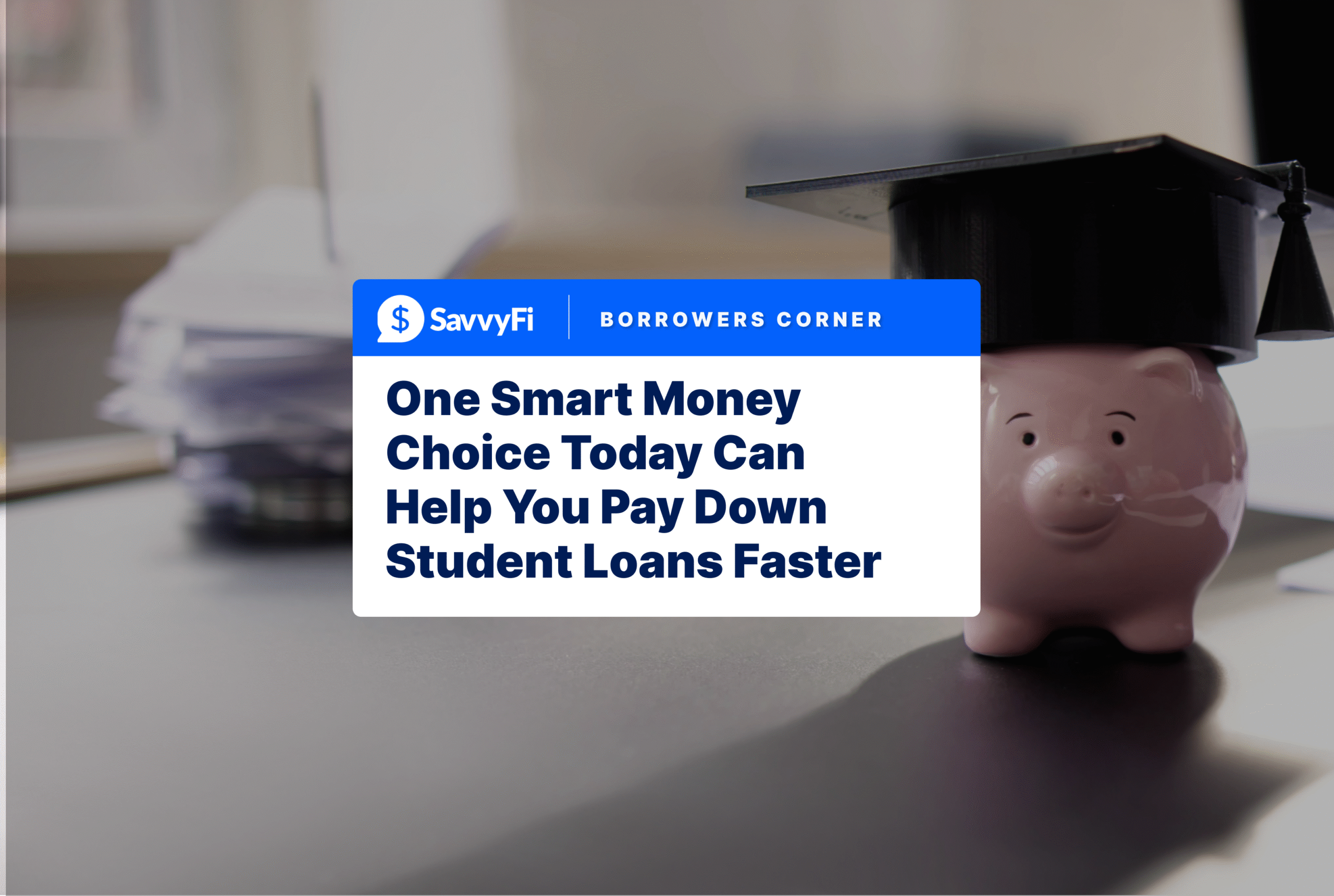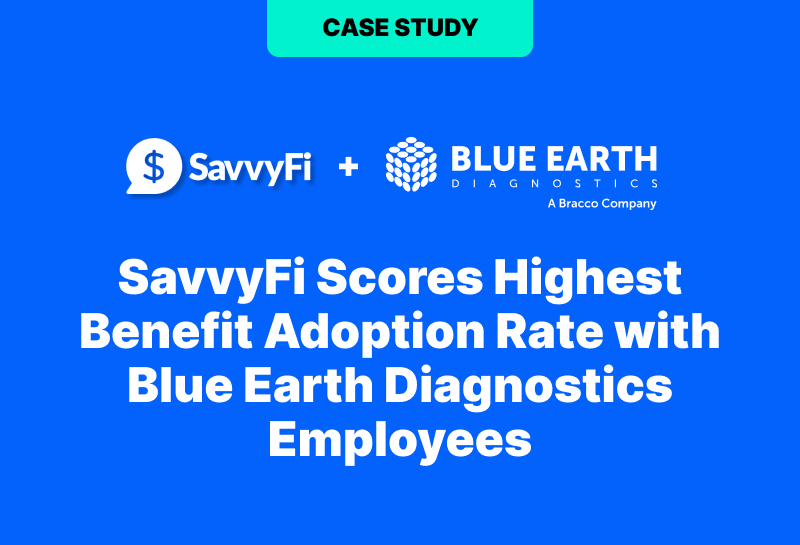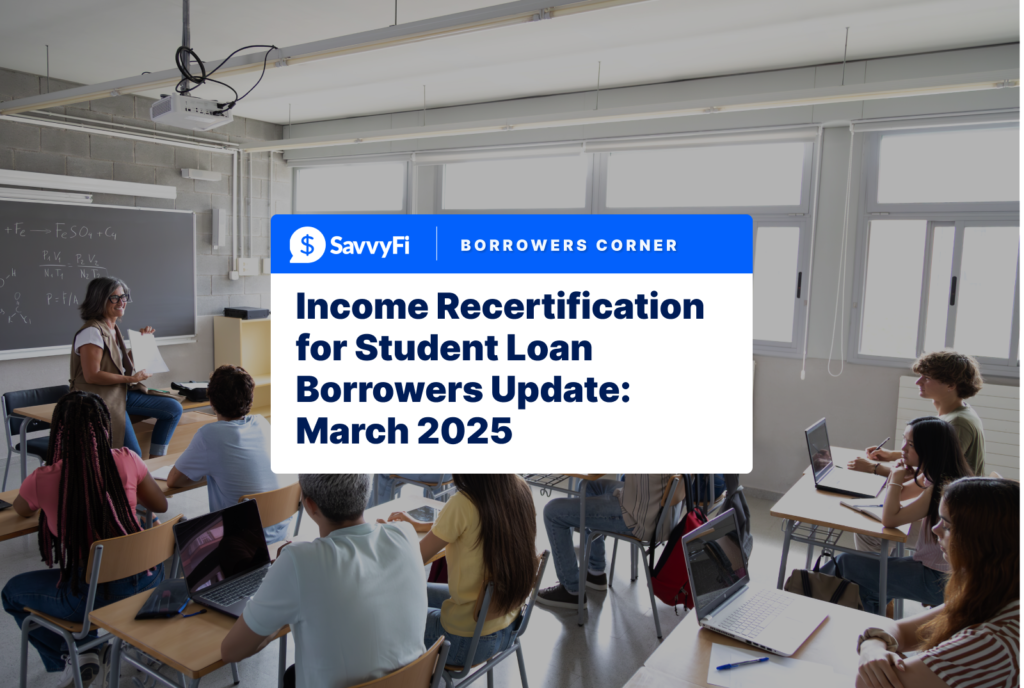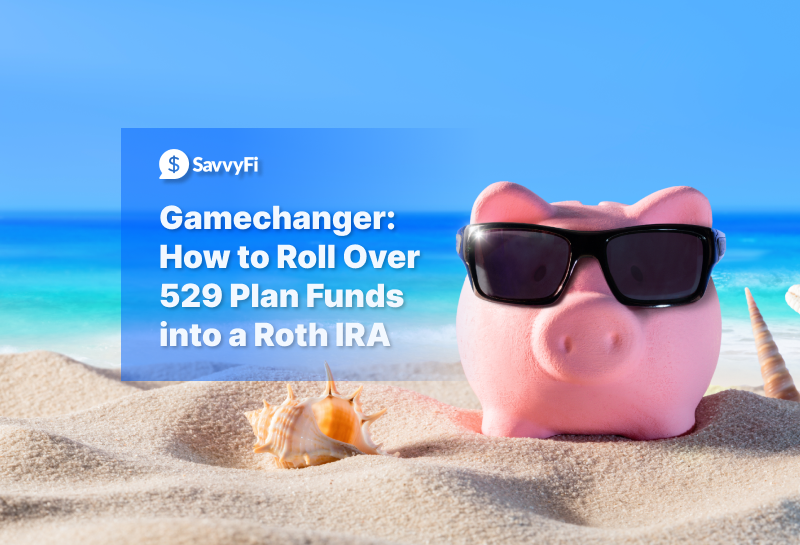Summer 2025 is shaping up to be a critical moment for student loan borrowers.
With new federal enforcement policies, rising loan default rates, and financial aid reform back in the spotlight, it’s clear that borrowers can no longer afford to “wait and see.” If you’ve taken out student loans, or you’re still paying them off, now’s the time to get organized, reassess your strategy, and take control of your repayment plan.
Whether you’re dealing with multiple loans, wondering what to do with a wellness stipend, or working in public service, this post will walk you through smart, practical steps to make the most of your money and avoid unnecessary pitfalls. Let’s start with a quick summer checklist to get your student loans in order — and then go even deeper into how small choices can lead to big savings.
First: Take Personal Inventory
With student loan policies once again in the headlines, many borrowers are feeling the pressure. The Department of Education recently announced it may withhold federal student loan funding from colleges and universities with too many borrowers who fall behind on payments. Meanwhile, millions of loans in default are being sent to collections putting borrowers at risk of wage garnishment, tax refund seizure, or benefit offsets.
If you’ve borrowed for education, this is the time to get organized. Here’s a no-nonsense checklist to help you understand your situation and take action before it becomes a problem.


Smart Choice: Strategically Consider Extra Payments
Imagine this: Your company gives you a $100 monthly wellness stipend. You can use it for gym memberships, meditation apps, or… something that feels way less exciting: making an extra payment to pay down student loans.
What if we told you that putting that $100 toward your student loans could save you over $4,000 – and help you become debt-free 2 years earlier?
Let’s break it down.
The Student Debt Scenario
- You have $20,000 in student loans
- Interest rate: 6%
- Standard 10-year repayment plan
- Your monthly payment is around $222
Now let’s say you use your wellness stipend (just $100 extra per month) to pay down your student loans faster.
The Impact on Paying Down Student Loans Now
By consistently making extra payments:
- You’ll be debt-free 2 years earlier
- You’ll save about $4,165 in interest
- That’s 28 fewer monthly payments and more peace of mind
This is the power of choosing to pay down student loans now, not later.
But What If I Have Multiple Student Loans?
You’re not alone. Many borrowers have more than one loan and deal with different balances, interest rates, and servicers. The good news? You have options.
Strategy 1: Avalanche Method
Pay down student loans with the highest interest rate first.
Let’s say:
- Loan A: $8,000 at 6%
- Loan B: $5,000 at 4.5%
- Loan C: $7,000 at 8%
Start with Loan C (8%). Why?
Because cutting down high-interest loans first means less interest piling up over time.
Best if you want to save the most money overall.
Strategy 2: Snowball Method
Pay down the student loan with the smallest balance first.
Same loans as above — start with Loan B ($5,000) because it’s the smallest.
Knocking out a full loan gives you a psychological win. Then, roll those payments into the next smallest loan — creating a snowball effect.
Best if you’re motivated by fast progress.
Tip: Tell your servicer which loan to target and make sure your extra payments go toward the principal — not just future interest.
You can find more great tips like this from the Consumer Financial Protection Bureau.
NOTE: Important Exception – Public Service Loan Forgiveness (PSLF)
If you’re working in public service — for a government or nonprofit employer — and planning to apply for Public Service Loan Forgiveness, STOP before making extra payments.
Here’s why:
- PSLF forgives your remaining loan balance after 120 qualifying monthly payments.
- Paying extra toward principal won’t help you get forgiveness faster — in fact, it could reduce the amount that gets forgiven.
- Your smartest move? Make your regular payments and use that stipend for something else: savings, retirement, or even your emergency fund.
Make sure your employer certifies your employment annually using the PSLF Help Tool.
Payments must be made under a qualifying repayment plan (usually an Income-Driven Repayment Plan), and your loans must be federal Direct Loans to qualify. Get more on Public Service Loan Forgiveness program.
So if you’re eligible for PSLF, your wellness stipend could still help you build a more secure financial future, just not by accelerating loan payoff. Instead, consider using your stipend toward a 529 saving account plan!
Why This Matters
Most people underestimate how powerful small, regular extra payments can be — especially early in your loan term. Whether you’re chipping away at high interest or building momentum by paying off small loans, you’re taking control of your financial future. First, figure out your debt landscape, then consider your options.
If your employer gives you a wellness benefit or stipend, using it to pay down student loans could be one of the smartest choices you ever make.
Want to Go Further?
Ask your HR team if your company offers:
- Student Loan Retirement Match (Under SECURE Act 2.0, your loan payments can earn you 401(k) contributions!)
- Education savings options like SavvyFi or 529 plans
- Other ways to pay down student loans with tax-advantaged support
Final Thought
Using your wellness stipend to pay down student loans might not feel flashy — but it’s powerful. Whether you target high interest or small balances, your future self will thank you for making a smart choice today.
Want help managing or accelerating how you pay down student loans? SavvyFi can contact your employer (using your name or not – your choice!). Fill out the form below to send us the HR / Benefits / Total Rewards contact at your company!





